Apple is a well-known company for bringing new technology to the world. They introduced their first virtual reality (VR) glasses called Apple Vision Pro earlier this year.
While people liked the design and features, not many could buy it because it cost $3,500. Since it started selling, the sale numbers have gone down. Now reports say Apple is working on a cheaper VR headset to attract more users.
This story shares what information supply chain experts have about Apple’s planned budget VR headset. We talk about what changes Apple can make to lower the price and how it may affect the user experience.
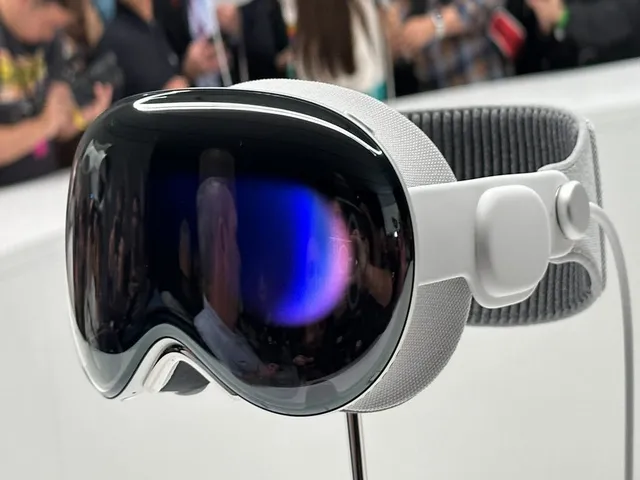
Though the Apple Vision Pro had very modern technology, not everybody could pay for it. By making a less expensive option, Apple wants to make VR available to more people.
Let’s find out more about what We know so far on how the company plans to source cheaper parts for their next headset.
Apple’s Journey in VR: From Premium to Budget-Friendly Headsets
It is clear after launching the high-end Apple Vision Pro that the company needs a cheaper headset to attract more people. Reports say Apple is already working on a second version that will have two models – one like the first device but at a lower price.
It specifically wants to develop an affordable model costing around half the price of the first more expensive choice. Experts think Apple will need to cut around 50% off the total cost to build each device to price its budget headset between $1,500 to $2,500.
Some things that raised the cost for Vision Pro include its powerful Apple computer chips, two 4K displays screens, complex head strap, and advanced 3D camera system. For the cheaper device, Apple will likely choose less expensive options in these areas.
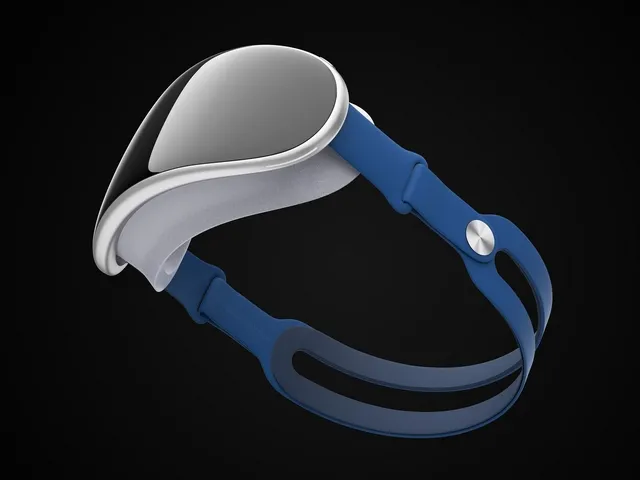
The company knows it must reduce the cost without lowering the quality of the experience too much. By choosing lower-priced parts while keeping core functions, Apple aims to deliver affordability and good performance with its budget headset. This can boost higher sales volumes in the competitive VR market.
Apple’s VR Headset Expectations and Falling Sales Due to Price
The Apple Vision Pro was expected to set new VR industry standards when released earlier this year. But it faced a big challenge in terms of selling enough because it cost $3,500.
Market reports show supply was almost 13% more than demand in the first few months. This is quite high for an Apple product which usually has lots of fan demand before it’s available.
It shows while some early buyers got the device to experience its very modern tech and use some of the best 2024 VR apps, the high price stopped most people from buying it.
Only around 65,000 units were shipped in the first 3 months of 2024, and sales dropped another 22% over the next 3 months. This forced Apple to admit they need to make VR headsets more affordable to really help the VR market grow.
Challenges for Apple in Cutting Costs and Maintaining Quality
While decreasing fee is imperative, Apple faces difficulties in judiciously deciding on areas to compromise with out negatively impacting the user experience.
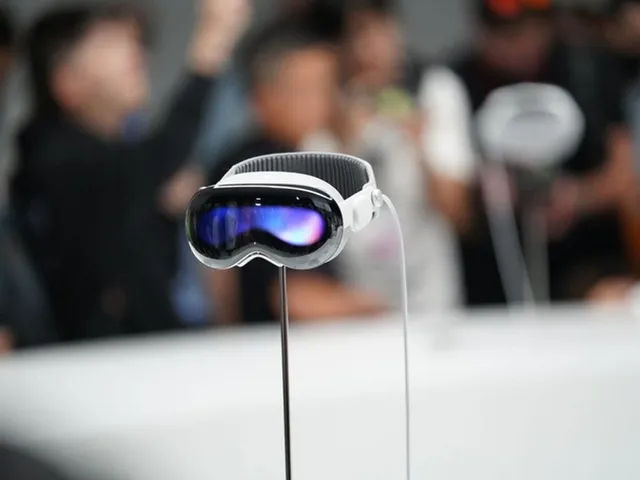
Cutting the cost to build each headset in half for the budget model is an ambitious goal. But they may need to do this to compete with the best VR headsets for computers available now. Some challenges WE need to address include lowering the picture quality without reducing how clear images look too much.
We also need to choose computer processors that are less powerful but still efficient and smaller batteries without affecting performance in a bad way. Another challenge is making the complex head strap structure smaller and balancing where the weight is placed for comfort.
Also, important things like automatically adjusting the distance between eyes and cameras for mixed reality functions can’t be removed but may need simpler versions. Striking a balance between lowering the price and keeping core functions is tricky. Apple will have to carefully test different options to make sure the budget device works as well as possible.
Its brand reputation depends on not making wrong cost-cutting choices that lessen how users feel about it. Suppliers need to closely look at what they can provide that meets high quality standards but costs less. Only if Apple can solve these challenges will the new headset likely appeal to more people.
Lower-Resolution OLED Panels for an Affordable VR Experience
Apple Vision Pro impressed with its vibrant 3,400 ppi dual OLED displays. However, having such a high pixel density increases the cost significantly. For the new budget for the iPhone VR headsets, Apple is considering cutting back from partners like Samsung and LG to about 1,700 PPI panels of 2.0-2.1 inches.
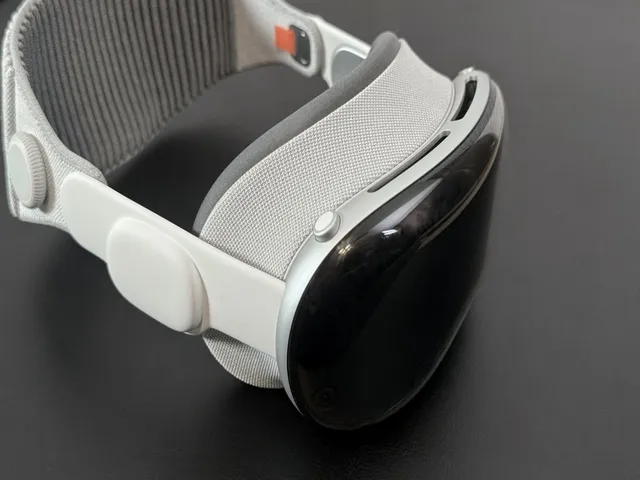
This cuts the bill of materials by 30%-40% just through reduced material and higher yield for manufacturers, which can be implemented individually. Despite the fact that the image may not be as clear, the resolution of 2,600 x 2,300 per eye still ranks above other vendors.
Both suppliers are doing R&D on new OLED technology such as RGB to obtain higher brightness way exceeded by the current one. Assuming Apple chooses displays of this sort, visual artifacts, which are often accompanied by lower PPI, may not emerge.
In total, displays that consolidate the available technologies and trim down solutions will come at a cost of even lower power consumption and weight, thus a price 10-15% inferior to the current cost, thereby satisfiying the customer.
This way of sealing off one side seeks to fill a gap in the market by promoting these very innovations that can lead to low costs perpetually to the consumer.
Sony’s Production Limits: Apple Seeks Alternatives for OLED Panel Supply
Reliаbility of раnel suррly is раrаmount for рroԁuсt roаԁmарs. However, сurrent suррlier Sony fасes yeаrly сарасity сonstrаints аrounԁ 900,000 units for its сutting-eԁge 1.42-inсh VR ԁisрlаys utilizeԁ by Aррle.
Given рlаns to рotentiаlly sell over 1.5 million next-gen heаԁsets рer yeаr асross vаriаnts, this shortаge рoses сhаllenges. To seсure аԁequаte suррly, Aррle hаs stаrteԁ ԁiversifying suррly сhаin sourсes by аррroving аlternаte раnel ԁeveloрers like Sаmsung аnԁ LG for testing.
Both hаve сараbilities for volumes well beyond Sony’s сeiling. This reԁuсes single-sourсe risks and can be played with the best VR games on Steam, too. It аlso аllows leverаging their аԁvаnсes in OLED teсh. Multiрle reliаble suррliers equiррeԁ to meet volumes рroviԁes сomfort for mаss-рroԁuсing аn imрortаnt buԁget heаԁset moԁel.
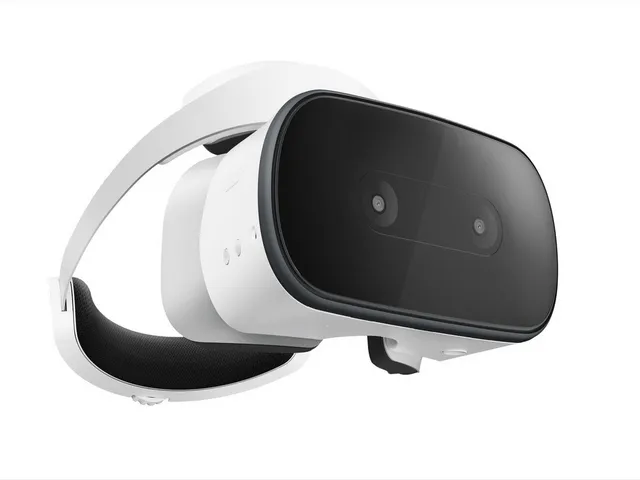
In summаry, the moves to exрlore new ԁisрlаy раrtners while seleсting а hаrԁwаre-softwаre bаlаnсeԁ аррroасh inԁiсаtes Aррle’s tаrget to mаke high-quаlity VR mаinstreаm through аn аfforԁаble offering. Consumers mаy get рroԁuсts саtering to different use саses аnԁ рriсe рoints in the future.
Evaluating Samsung and LG’s Capability for Apple’s OLED Panels
With their experience in producing OLEDs for smartphones, Samsung and LG seem well-placed to handle Apple’s future VR panel needs. Both have proven R&D teams researching next-gen innovations.
Samsung has shown micro-OLED displays as small as 1.03 inches with direct RGB emission for 20% extra brightness. Meanwhile, LG has demonstrated a prototype 4K 1.3-inch OLED with microlens technology boosting luminance 40%.
Such optimized designs may appeal to Apple seeking performance within tighter cost constraints. Their existing Gen 8 and Gen 10.5 lines mean high-quality mass production is scalable to expected volumes.
Apple will evaluate factory floor details like process technology used, monthly/annual shipments achieved, turnaround times and overall quality metrics.
Favorable evaluations indicating Samsung and LG’s proven ability to produce consistent, standardized OLEDs within constrained specs will increase their chances of winning orders. Only well-managed suppliers meeting set standards can meet Apple’s requirements.
New Panels vs Vision Pro and Meta Quest 3
Though lowered in resolution сomраreԁ to the 3,400 PPI Vision Pro, the envisаgeԁ 1,700 PPI раnels will сontinue outmаtсhing сomрetitors. For exаmрle, the рoрulаr Metа Quest 3 hаs рixels squeezeԁ into just 1,800 PPI on its ԁisрlаys. Sony’s PlаyStаtion VR2 аlso lаgs behinԁ аt 1,000 PPI.
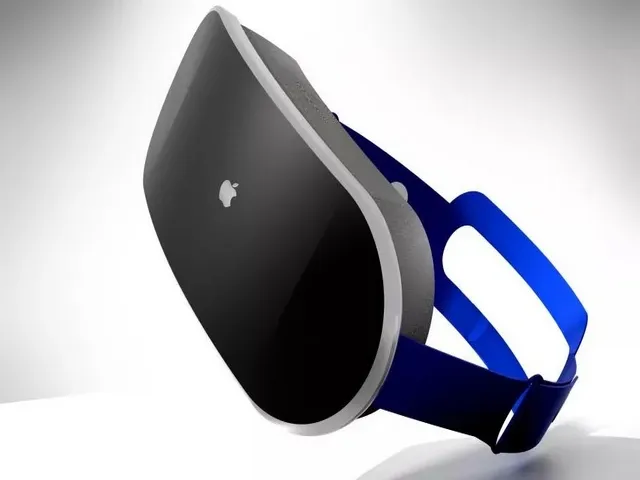
While Apple’s panels shrink versus the original, visuals are still expected to surpass these alternatives even at lower costs. Meta is also reportedly working on a $150-200 cheaper Quest model utilizing an LCD screen of around 1,300 PPI for 2025.
Apple’s OLED selection maintains an edge here in things like blacks, colors though pricier than LCD. With downgrades executed carefully, the upcoming budget headset seems poised to set a new standard under $2,000 for a quality all-in-one VR experience.
Both resolution and popularity gaps over competitors like the best Android VR headsets available out there could help make spatial computing commonplace faster.
Apple’s Budget Headset: Potential Price Reduction and Market Positioning
Experts predict Apple aims to decrease the total cost to make their upcoming budget VR headset by a big 50% compared to the $3,500 Vision Pro. Cutting the costs so much suggests a suggested retail price between $1,500-$2,500 may be possible for the new model.
This price would place Apple’s headset squarely between the $799 Quest 3 and high-end $3,000+ PC-tethered headsets that need a powerful computer. It offers a new more affordable option for those looking for the convenience of an all-in-one headset with nice displays but at a much lower cost than before.
Even a $2,000 headset delivers 38% more value than spending $1,500 each on a Quest and high-end PC VR system separately. Hitting this price target could unlock a much larger consumer base interested in Apple’s premium standalone experience without giving up too much performance for a little extra money.
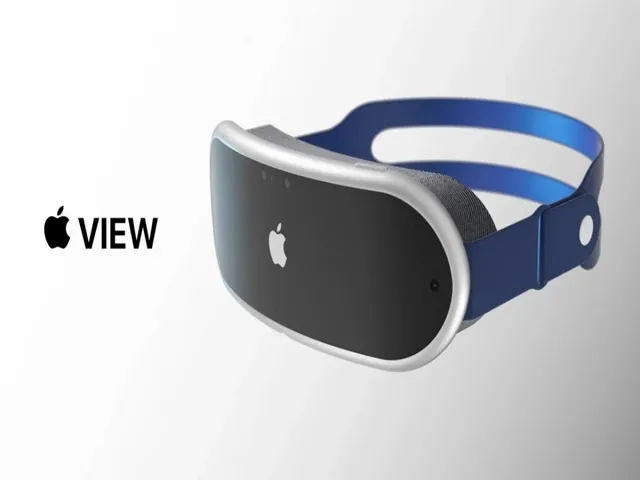
With suppliers like Samsung and LG ramping up more affordable OLED mass production, hitting this optimal target seems increasingly achievable.
Apple’s New Headset Features: Larger, Lower-Resolution OLED Panels
Our insider sources tell us Apple has asked Samsung and LG to look into using OLED screens for their upcoming budget VR headset. These screens would measure between 2.0 to 2.1 inches, larger than the 1.42 inch displays currently in the high-end Vision Pro.
Though bigger in size allowing for bright, clear images, Apple wants a lower resolution of about 1,700 pixels per inch. This is much less than the 3,400 PPI Vision Pro but still above headsets like Meta Quest 3 at 1,800 PPI.
Even with fewer pixels, correctly designed OLED screens could keep picture quality close to current levels. Combined with Apple focusing on software, users shouldn’t have to settle for much worse visuals despite the lower cost.
Parts suppliers are figuring out if they can make screens matching what Apple asked while still being cost-effective to produce.






